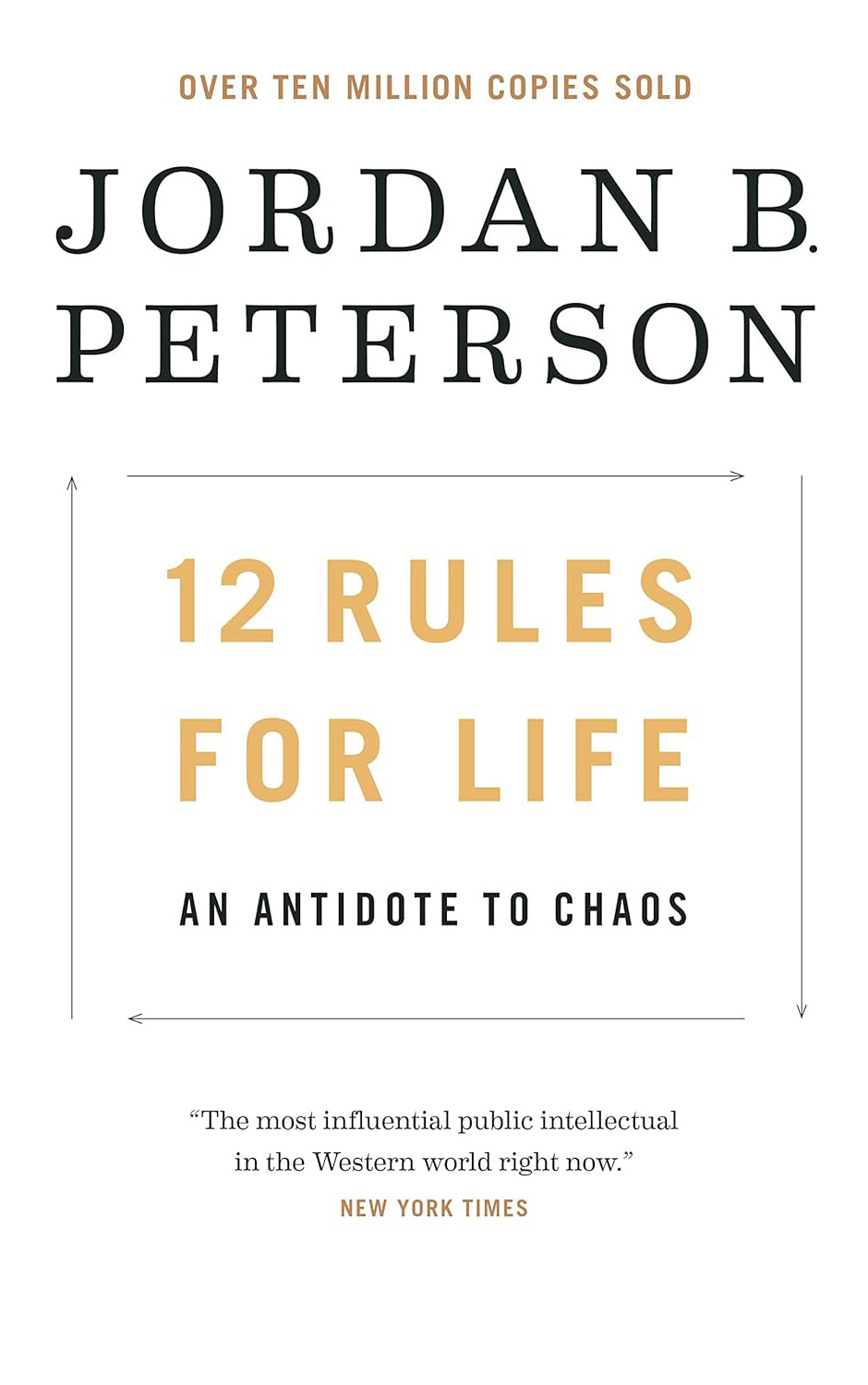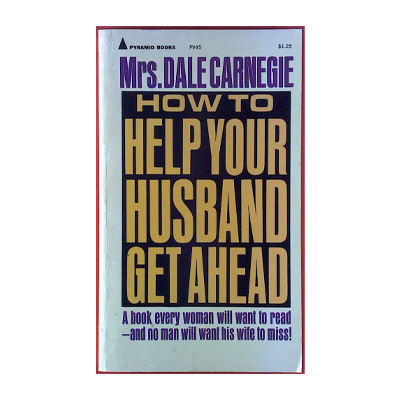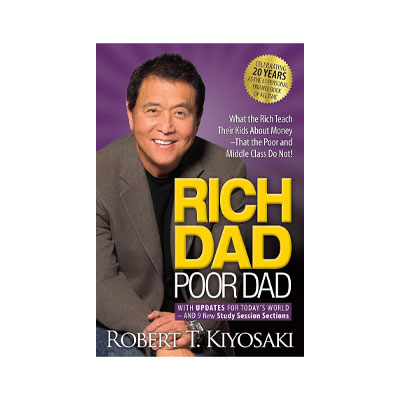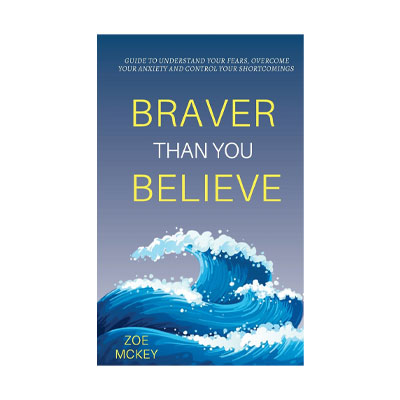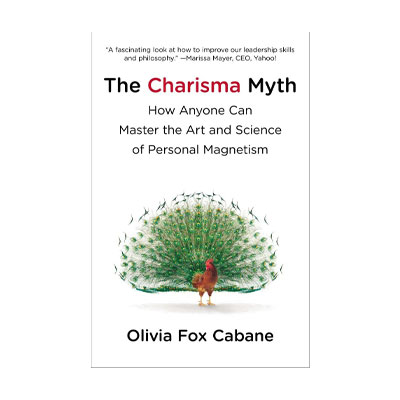Book Summary
Jordan Peterson, a famous author and psychologist, has written the book "12 Rules for Life" which is still on the bestseller lists of Amazon and The New York Times. Peterson, who participates in various radio, television, and even online interviews, decided to collect the questions and their answers on life, success, and self-help in a printed version to provide them to the audience.
He has formulated rules to promote comprehensiveness and greater impact of the existing content, which, while simple, can lead to continuous success for individuals. In interpreting these rules, in addition to psychology, he has drawn on his extensive studies in various fields such as philosophy, politics, religion, history, and literary stories. You may encounter some complex sentences in some parts, but their close connection to other parts and the author's eloquence eliminates any ambiguity in understanding.
The book introduces topics such as why boys and girls should be left alone while skateboarding, what the lobster nervous system is supposed to convey to humans about success, or even why the Egyptians worshiped a particular deity, among many other points. These are highlighted as pivotal and thought-provoking points of the book, which prove their worth when fully read and understood.
About the Author
Jordan Bernt Peterson, a clinical psychologist and Canadian author, was born on June 12, 1962 in Edmonton, Canada. He received his Bachelor's degree in Political Science and Psychology from the University of Alberta and his Ph.D. in Clinical Psychology from McGill University. He taught and conducted research at Harvard for years before returning to Canada in 1998 to start working as a professor at the University of Toronto. In 1999, he began his writing career and has authored books such as "Maps of Meaning" and "Beyond Order."
Who Should Read the Book?
Fans of Jordan Peterson's work and individuals interested in self-help and success writings are recommended to read "12 Rules for Life."
Table of Contents
12 Laws for Life, as it is clear from its name and content, was compiled by its author in 12 parts after the introduction.
